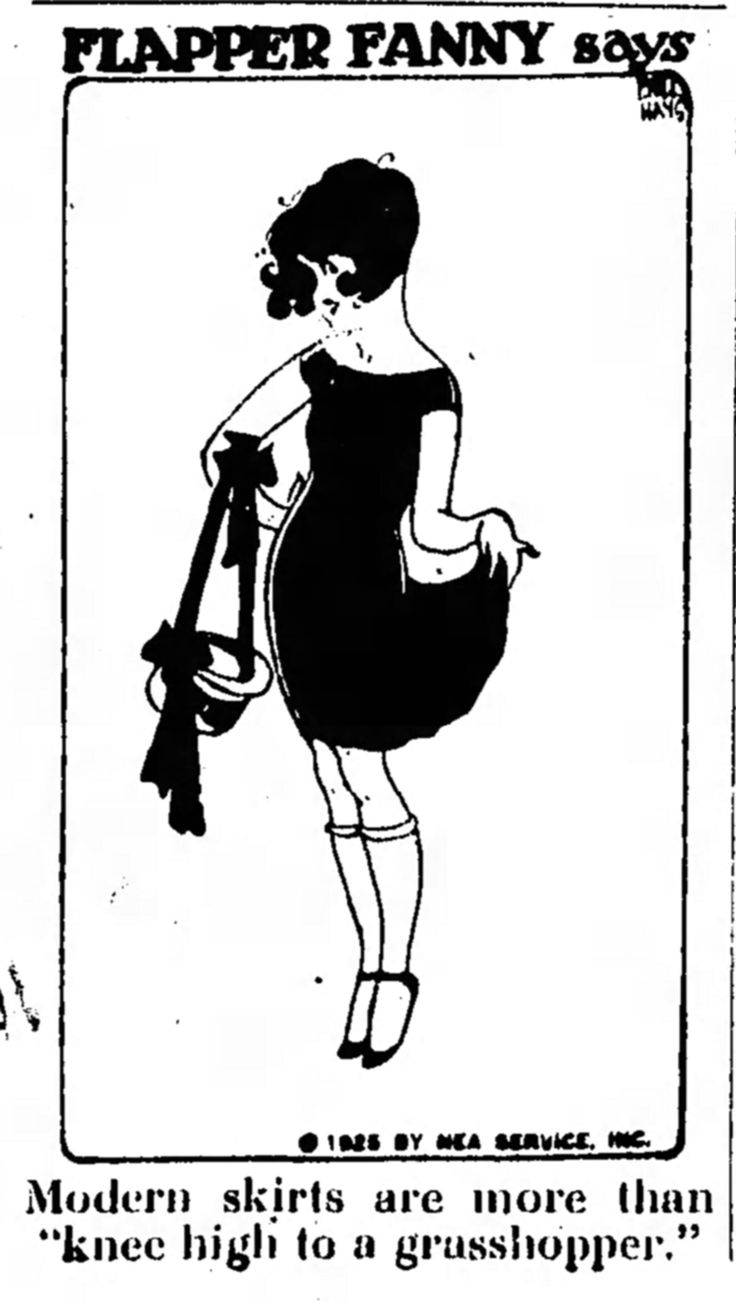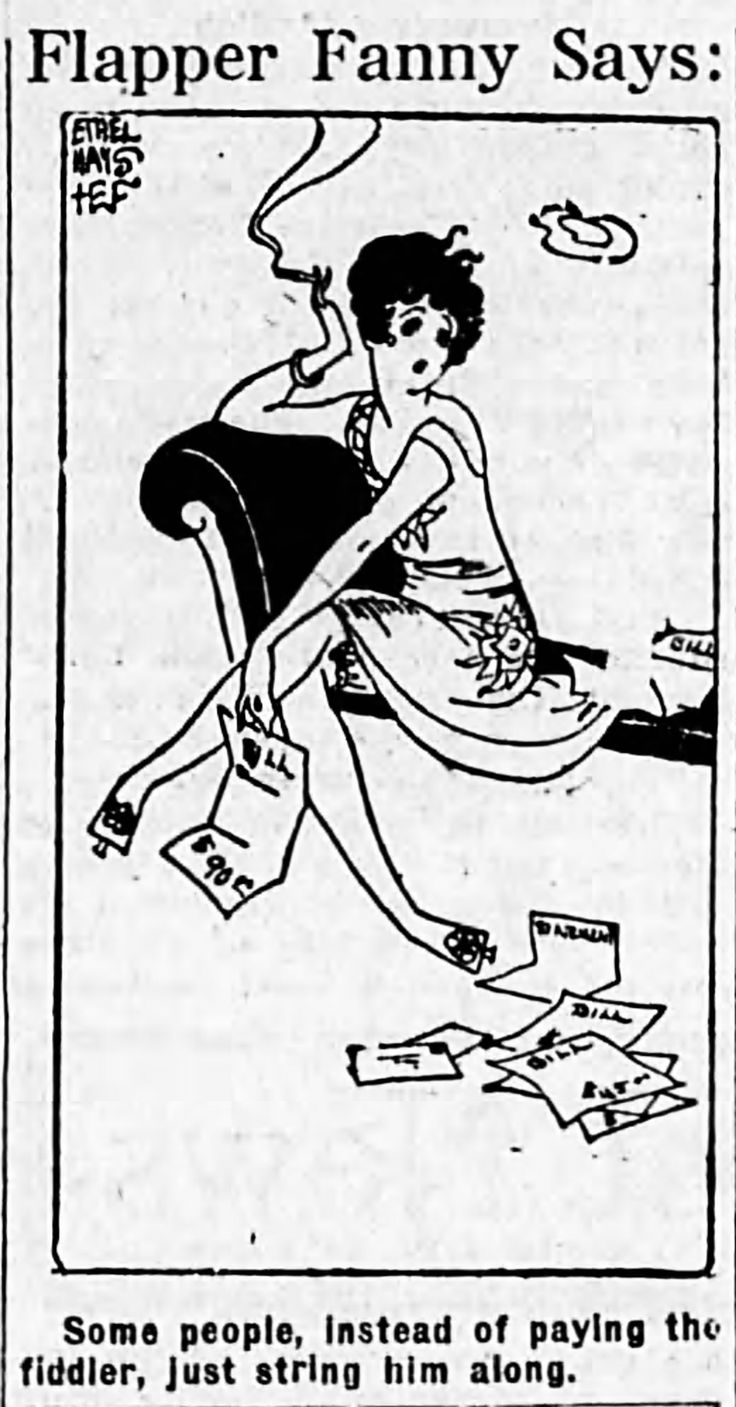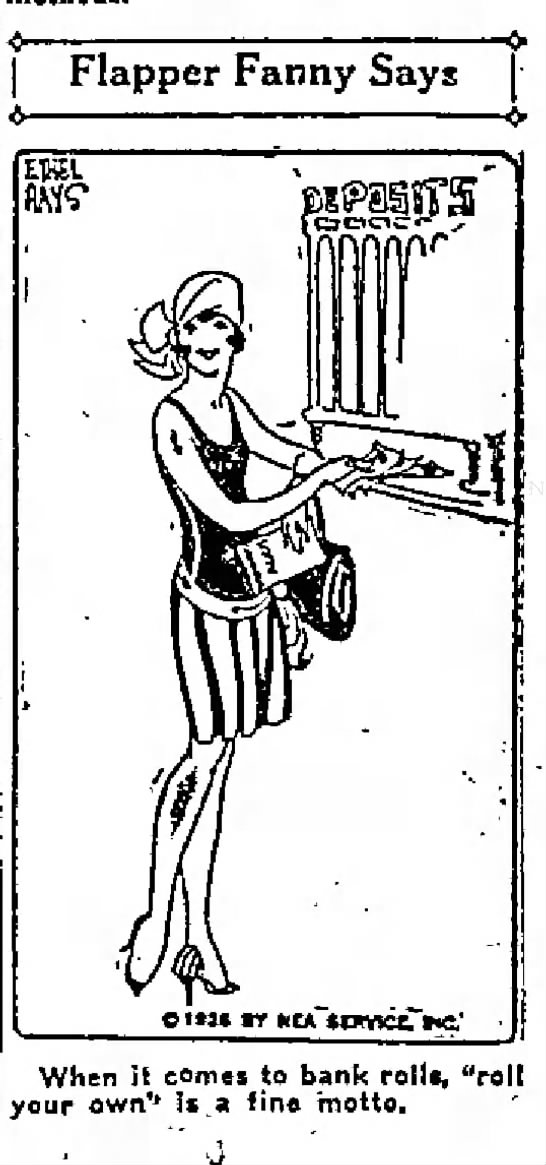We expect that histories of famous figures will prune their lives, sand down rough edges, rewrite and revise awkward and inconvenient facts. What we may not expect – at least in the U.S. – is that decades of a famous person’s life will be redacted from the record. This is essentially what happened, however, to the biography of Helen Keller even before her death in 1968. Perhaps the main offender remains playwright William Gibson’s 1957 The Miracle Worker, adapted from the 1903 autobiography she wrote at 23. Ostensibly about Keller, the story centers instead, beginning with its title, on her teacher, Anne Sullivan.
The play (and 1962 film with Anne Bancroft and Patty Duke reprising their stage parts), portrays Keller as a child, a role she was perpetually assigned by her critics throughout her adult life. She authored and published 14 books and dozens of essays during her 87 years, delivered hundreds of speeches, and maintained a friendship and correspondence with many important figures of the day. But in addition to the usual sexism, she had to contend with those who thought her disability rendered her unfit to express opinions on matters such as politics. They asked that she “confine my activities to social service and the blind,” she wrote in a sardonic reply.
Keller’s political vision was written off as “a Utopian dream, and one who seriously contemplates its realization indeed must be deaf, dumb, and blind.” What did she see in her mind that made critics rush to belittle her? An end to war and Jim Crow; women’s suffrage, labor rights; an end to poverty and the preventable childhood illnesses it engendered.… In a word, Helen Keller was a socialist — and a publicly committed one. “That we know so little of her avowed socialism is astonishing, because she was an extroverted firebrand who delivered hundreds of radical speeches during” — writes Eileen Jones at Jacobin, quoting the 2020 documentary Her Socialist Smile — “ ‘a fifty-year run on the lecture circuit.’ ”
Keller published frequent articles on the newly formed Soviet Union, Eugene Debs and the IWW (including “Why I Became an IWW” in 1916), and “Why Men Need Woman Suffrage” (in 1913). “Turning the yellowing pages of radical newspapers and magazines from 1910 to the early 1920’s,” writes historian Philip Foner in an introduction to her collected socialist writings, “one frequently finds the name Helen Keller beneath speeches, articles, and letters dealing with major social questions of the era. The vision which runs through most of these writings is the vision of socialism.”
Mark Twain may have been the first to call Anne Sullivan a “miracle worker” and Keller “a miracle,” but he treated Keller “not as a freak,” she wrote, but as an equal and shared many of her views. He helped fund her education at Radcliffe College (then a part of Harvard ) and encouraged her to speak and publish. Keller joined the socialist party at age 29, in 1909, and in 1912, she published an article in The New York Call titled “How I Became a Socialist.” The answer, she writes: “by reading.” As would be the case throughout her life, Keller felt the need to take a defensive posture: critics had accused John and Anne Macy (formerly Sullivan) of corrupting her, to which she replied that she neither shared Mr. Macy’s propagandistic variety of Marxism nor did Mrs. Macy share either of their views.
Keller’s political writing is now widely available thanks to the internet, and can no longer be suppressed by educators who want to use her childhood and disability but ignore most of her adult life. Even students watching the PBS American Masters documentary Becoming Helen Keller (see clip at the top) will learn that, gasp, yes, she was a socialist. Dig deeper, and they’ll find her views were unique and significant to the U.S. left: Keith Rosenthal writes at International Socialist Review:
She was a serious political thinker who made important contributions in the fields of socialist theory and practice.… [S]he was a pioneer in pointing the way toward a Marxist understanding of disability oppression and liberation—this reality has been overlooked and censored. The mythological Helen Keller that we are familiar with has aptly been described as a sort of “plaster saint;” a hollow, empty vessel who is little more than an apolitical symbol for perseverance and personal triumph.
Get to know the real Helen Keller — or a seriously overlooked (at least) side of her life — in her political writings here, here, and here and watch a video introduction to her politics by Historically Fantastic further up.
via Jacobin
Related Content:
Watch Helen Keller & Teacher Annie Sullivan Demonstrate How Helen Learned to Speak (1930)
Josh Jones is a writer and musician based in Durham, NC. Follow him at @jdmagness







